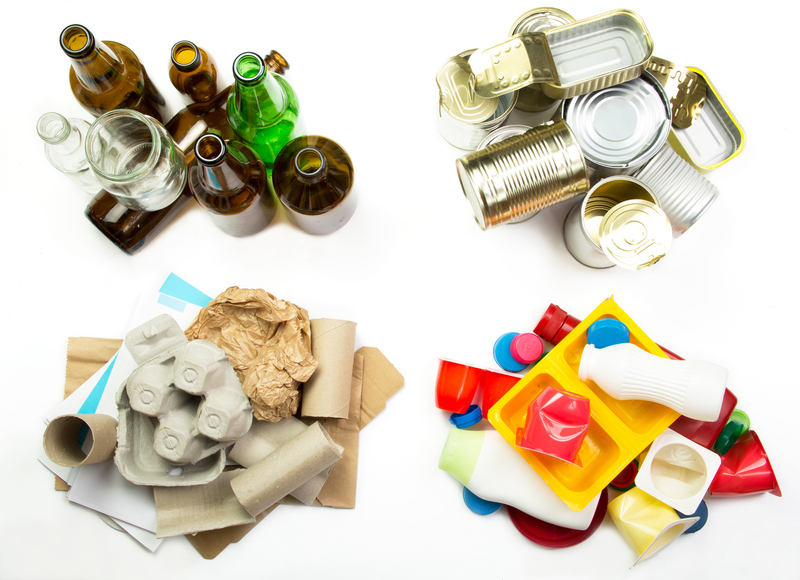Towards a Cleaner Future: Halting Microplastic Pollution
In recent years, the concern over microplastic pollution has taken center stage in environmental discussions. These tiny pollutants lurk everywhere, from our oceans to the food we eat. To usher in a cleaner future, it's crucial to understand the implications of microplastics and the steps necessary to mitigate their impact.
Understanding Microplastics
Microplastics are tiny plastic particles, generally less than 5 millimeters in size. They originate both from larger plastic debris broken down by environmental factors and from products designed with plastic particles, such as those found in certain cosmetics.
Sources of Microplastics
- Primary Microplastics: These are directly released into the environment as small particles. Common sources include cosmetics, industrial raw materials, and synthetic textiles.
- Secondary Microplastics: These are formed from the degradation of larger plastic waste, like bags and bottles, over time.
The widespread use of plastic, coupled with inadequate waste management strategies, exacerbates the problem, allowing microplastics to infiltrate natural systems indiscriminately.

The Environmental and Health Impact
Microplastics pose a critical threat to marine ecosystems. Once in the ocean, they are consumed by a wide range of marine organisms, introducing plastic into the marine food web. Notably, the presence of microplastics has been detected in significant numbers of fish, shellfish, and even seabirds.
Impact on Marine Life
The ingestion of microplastics by marine animals can lead to physical harm, ranging from intestinal blockage to exposure to toxic substances. Additionally, due to their high surface-area-to-volume ratio, microplastics often absorb persistent organic pollutants.
Moreover, humans are affected as well. The ingestion of seafood that has been contaminated with microplastics leads to potential exposure to these harmful substances, although the long-term health effects are not yet fully understood.
Efforts and Strategies Towards Halting Microplastic Pollution
Though the challenge is significant, various strategies have been proposed and implemented to combat microplastic pollution.
Legislative Actions
Many countries have taken legislative steps to mitigate microplastic pollution. For instance, the ban on microbeads in personal care products is a significant move towards minimizing the primary sources of pollution. Strengthened regulations on plastic waste management and collaborative international treaties are crucial for further progress.
Innovative Solutions
Innovation plays a pivotal role in addressing this environmental crisis. From developing biodegradable plastics to advanced filtration systems, science offers promising solutions:
- Biodegradable Alternatives: Creating plastics that break down faster and safer in natural environments reduces long-term pollution.
- Waste Management Technology: Enhanced recycling techniques aim to efficiently sort and process plastic waste, preventing it from reaching oceans.
- Artificial Intelligence: AI-driven solutions use data analysis and pattern recognition to optimize waste management and reduce pollution.
Grassroots Movements and Public Awareness
At the grassroots level, awareness campaigns and community initiatives play vital roles in reducing microplastic pollution. Public education on the dangers of microplastics and the importance of recycling can inspire changes in consumer behavior. Additionally, organizations and activists are pushing for cleaner production practices and the reduction of single-use plastics.

What Can We Do as Individuals?
While global strategies are essential, individual actions count too. Here's what you can do to contribute towards reducing microplastic pollution:
- Reduce Single-Use Plastics: Opt for reusable items over disposable ones, such as bags, bottles, and cutlery.
- Choose Eco-Friendly Products: Select personal care products free from microbeads and choose clothing from natural fibers.
- Recycle Properly: Educate yourself on proper recycling techniques and separate waste appropriately.
- Support Policies and Companies: Back policies that promote sustainability and purchase products from environmentally responsible companies.
Conclusion
The path toward a cleaner future free from the burden of microplastics is long but achievable. It requires a concerted effort from individuals, governments, and businesses alike. By understanding the issue and actively participating in solutions, we can collectively turn the tide on microplastic pollution and safeguard our planet for generations to come.